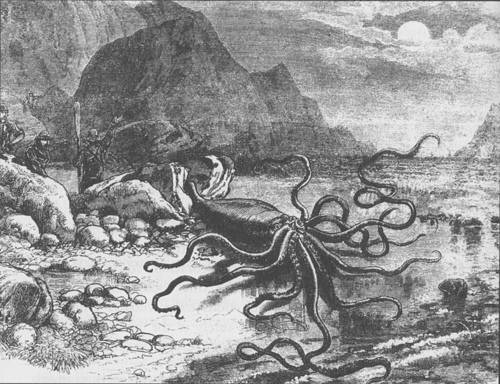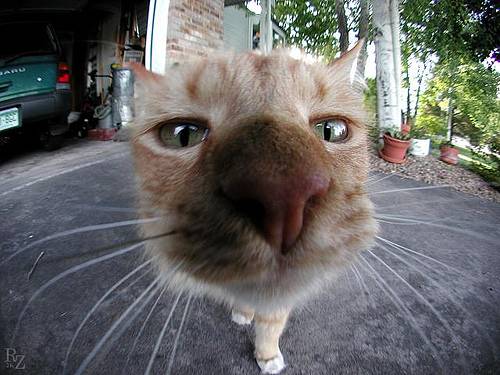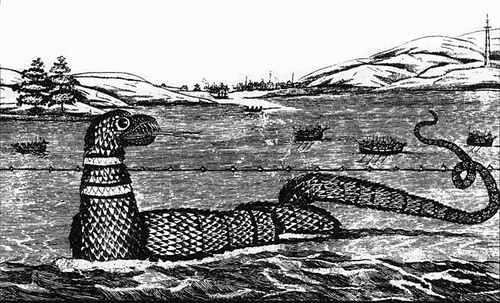One meets with curious things in the old church registers of England. The subjoined, in the Record Office of Winchester Cathedral, dated 1182, is certainly unique. It is a bill for work done: —
To soldering and repairing St. Joseph, 0 l. 8 d.
To cleaning and ornamenting the Holy Ghost, 0 l. 6 d.
To repairing the Virgin Mary and cleaning the child, 4 l. 8 d.
To screwing a nose on the Devil, and putting in the hair on his head, and placing a new joint in his tail, 5 l. 6 d.
— Frank H. Stauffer, The Queer, the Quaint and the Quizzical (1882)




